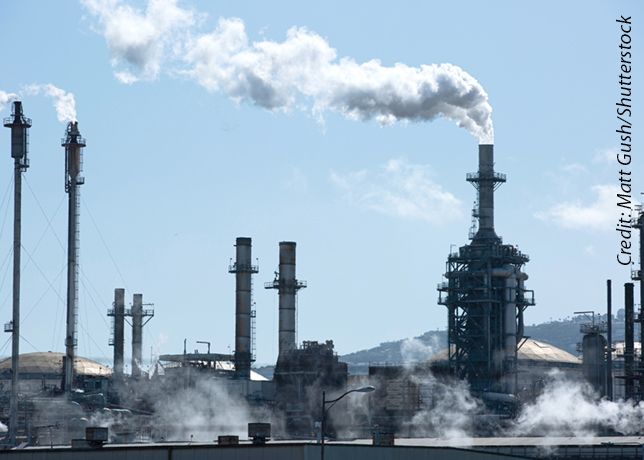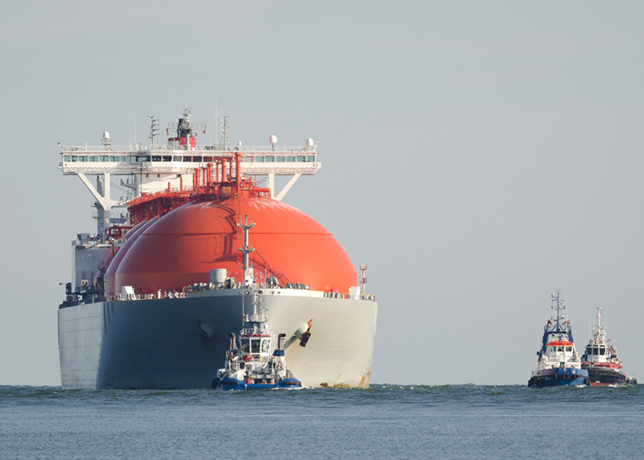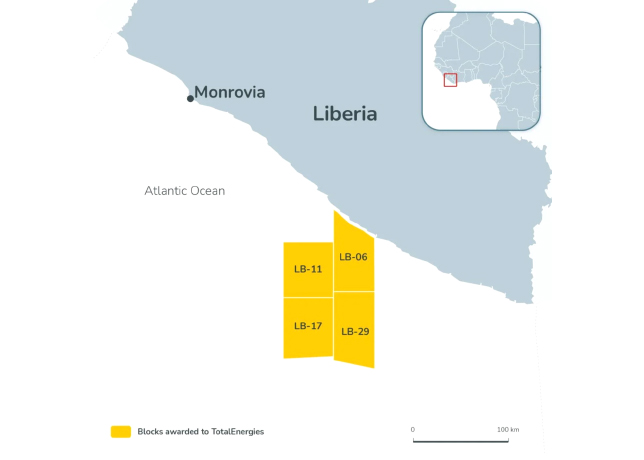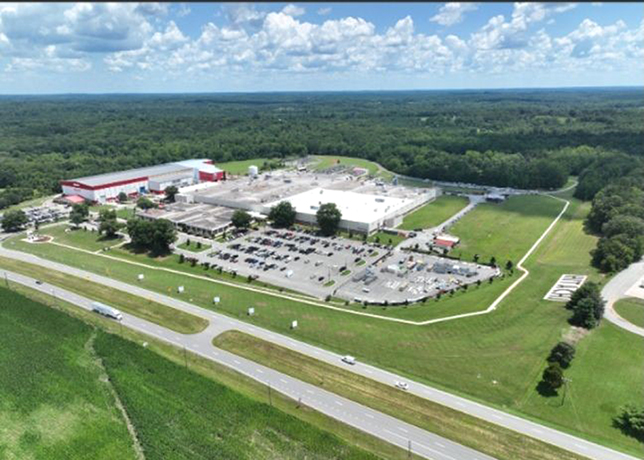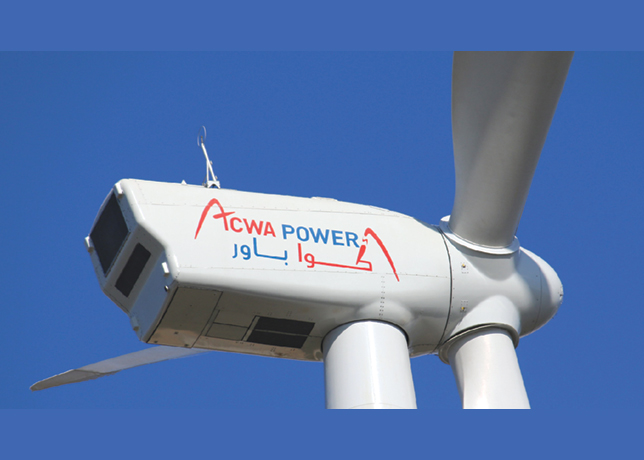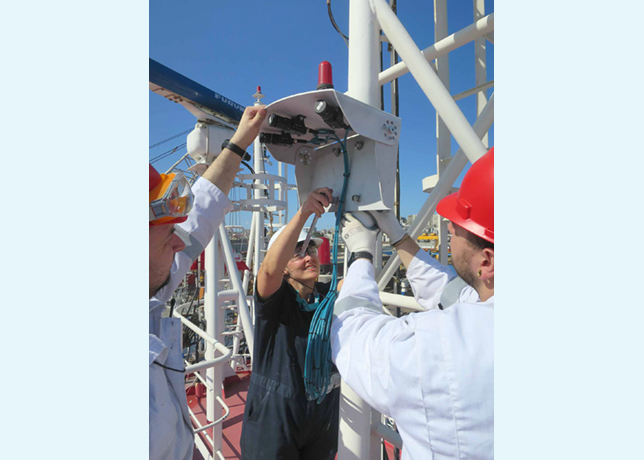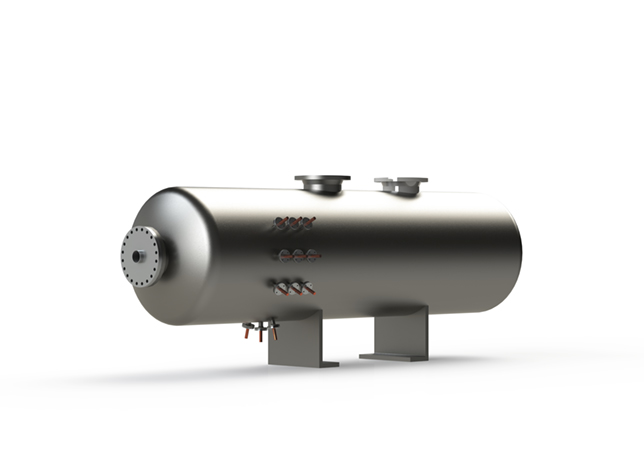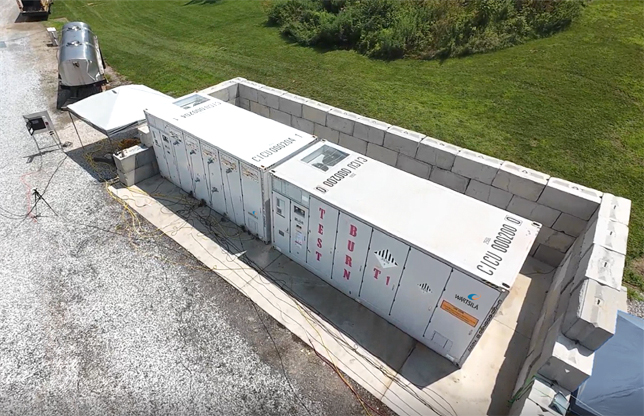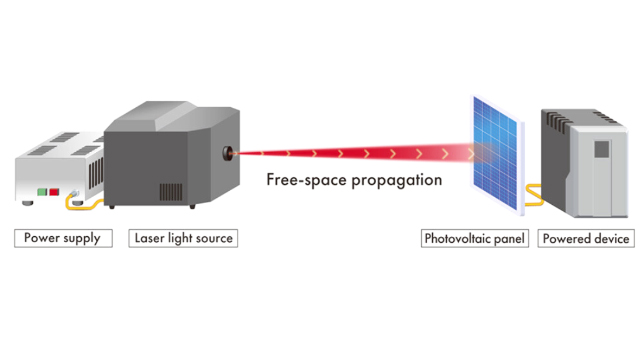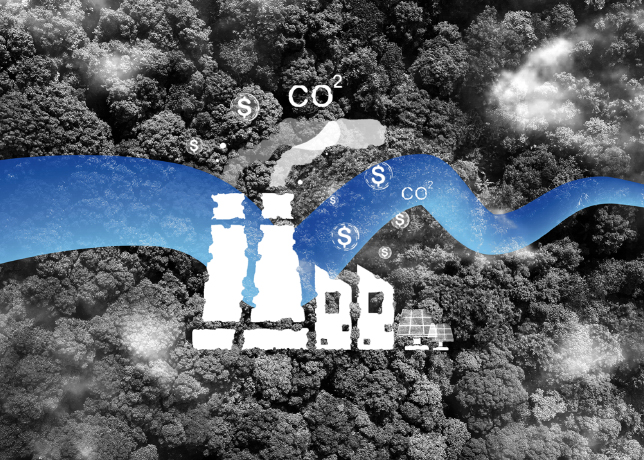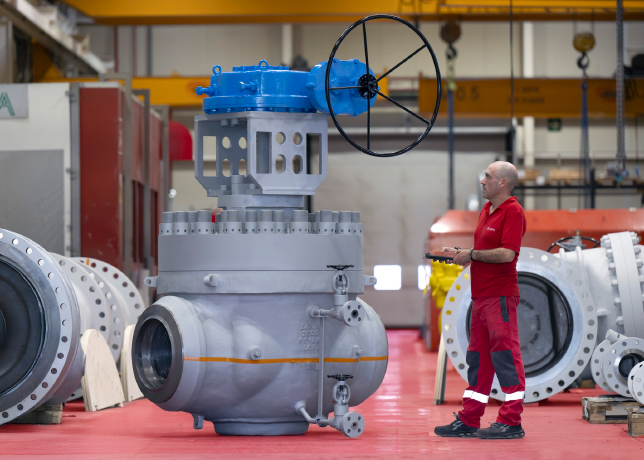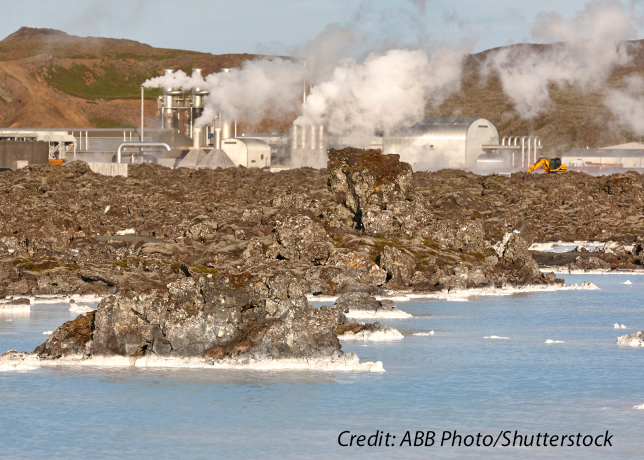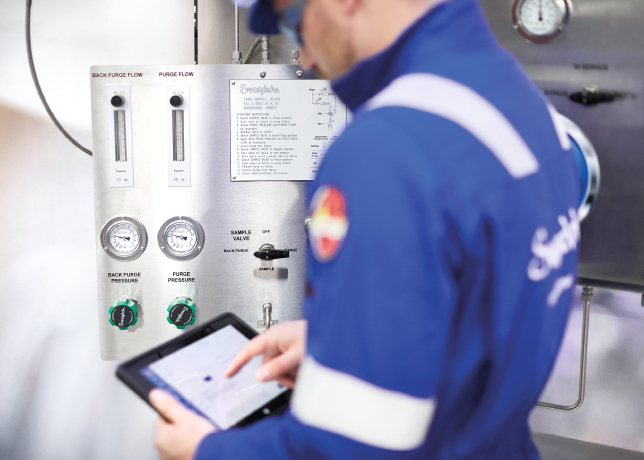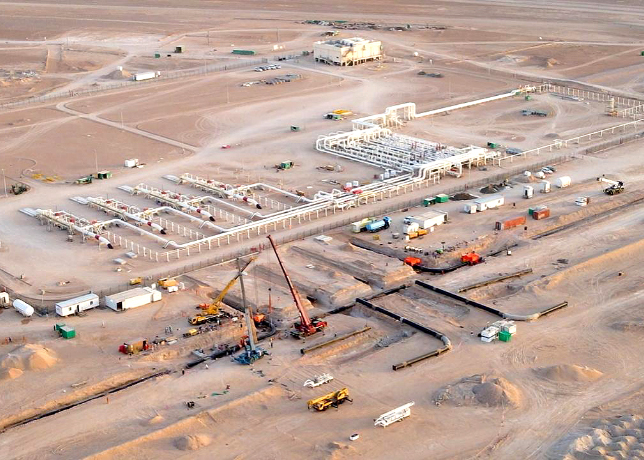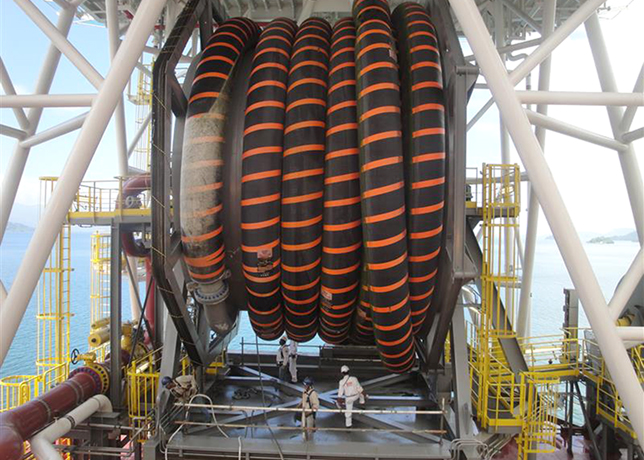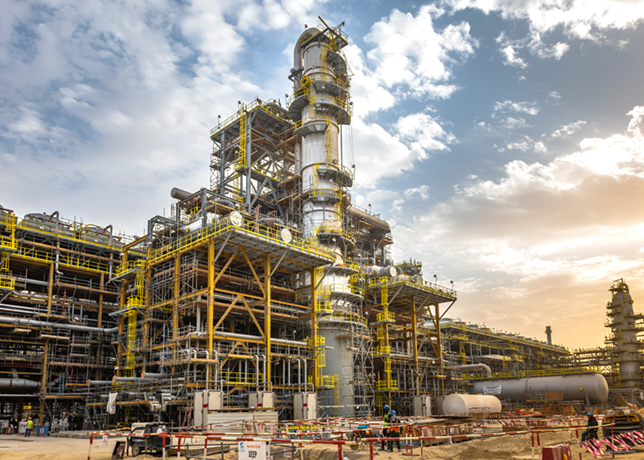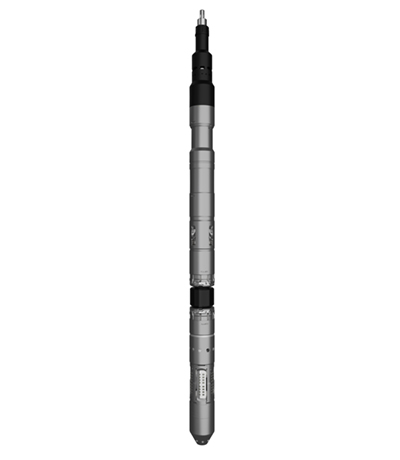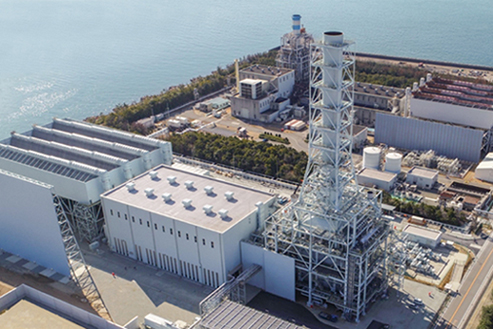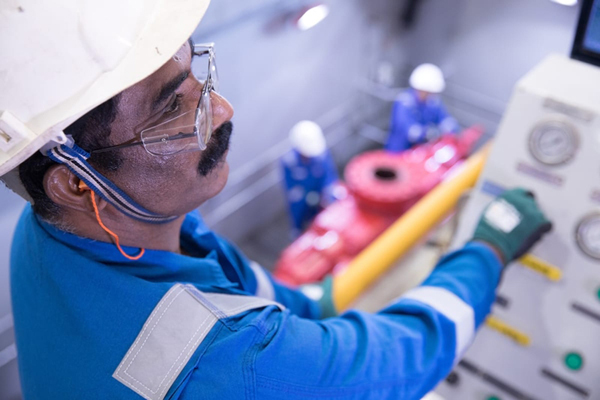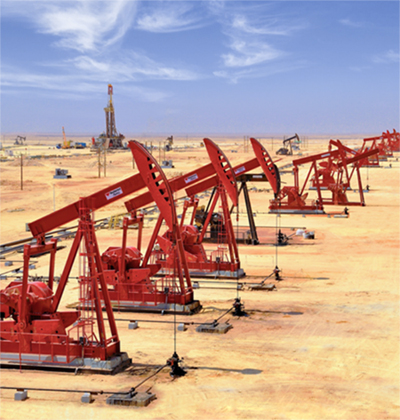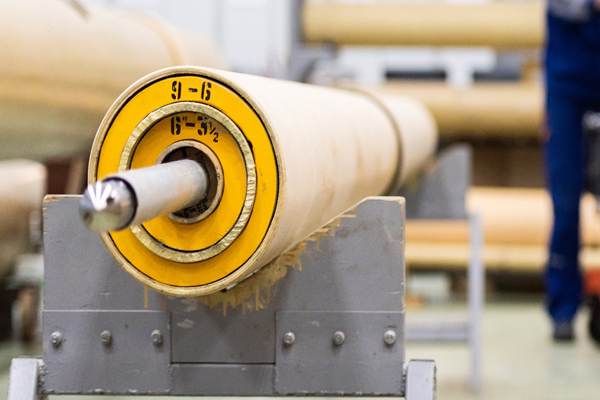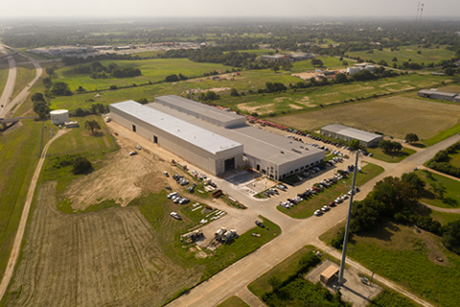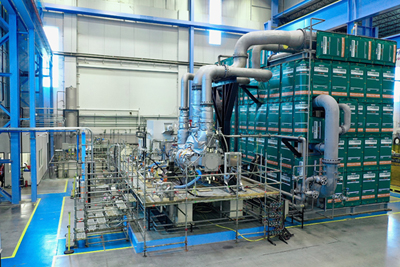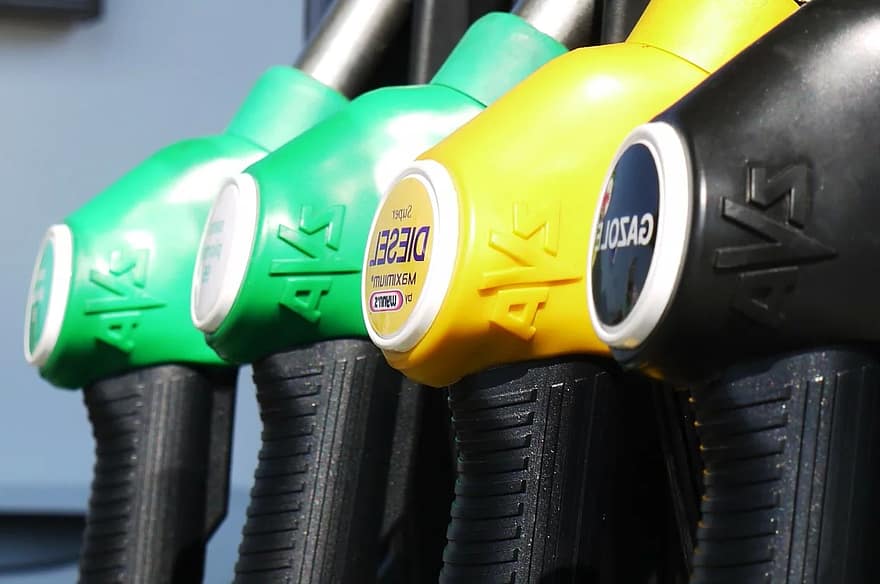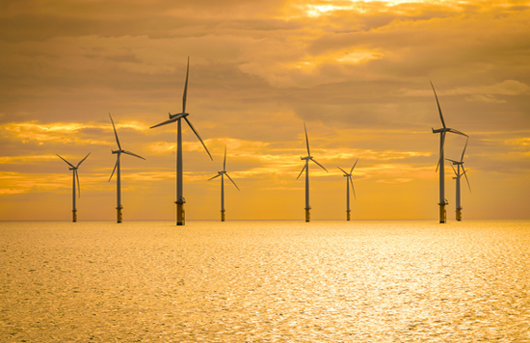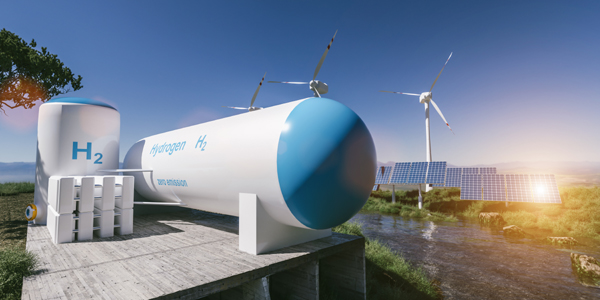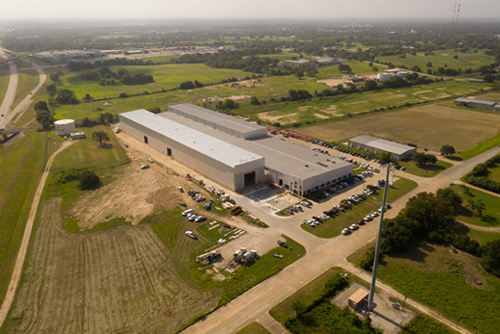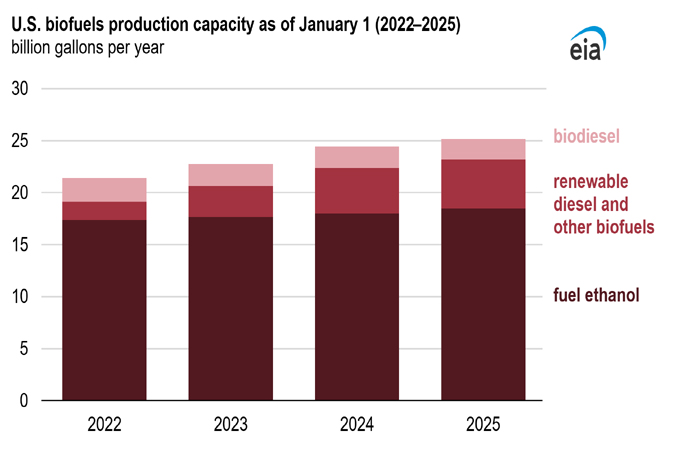
The pace of capacity additions for US biofuel production slowed in 2024, with production capacity increasing by a modest 3 per cent from the start of 2024 to the start of 2025, according to US Energy Information Administration (EIA) latest biofuels production capacity reports.
A deceleration in
production capacity in EIA’s category renewable diesel and other biofuels accounted
for most of the slowdown in growth.
Sustainable aviation
fuel (SAF), renewable naphtha, and renewable propane make up virtually all of
the other biofuels.
Renewable diesel
and other biofuels
Renewable diesel and other
biofuels production capacity increased just 391 million gallons per year
(gal/y) in 2024, less than one-third of the growth observed in 2022 and 2023.
In 2024, only two capacity additions came
online, both in California: Phillips 66’s conversion of its Rodeo refinery to
exclusively produce biofuels and the new Renewable Fuels plant in Bakersfield.
With the completed
conversion, the Rodeo plant has a capacity of 767 million gal/y, up from 180
million gal/y in last year’s report.
This increase makes it the second-largest
renewable diesel plant in the US, behind Diamond Green Diesel’s
982-million-gal/y plant in Norco, Louisiana.
US capacity growth
from the Rodeo expansion and the 138-million-gal/y Bakersfield plant was
partially offset by the loss of capacity at four facilities.
Monroe Energy and
Chevron stopped co-processing renewable diesel at their Trainer, Pennsylvania,
and El Segundo, California, refineries, respectively. Vertex Energy and Jaxon
Energy closed plants in Mobile, Alabama, and Jackson, Mississippi, respectively.
The loss of renewable
diesel capacity at four facilities reflects changes to biofuel margins and
petroleum refining margins since 2020.
Low refinery margins and rising
biofuel credit values in 2020 and 2021 prompted a wave of renewable
diesel capacity announcements.
As more of those plants started operations,
biofuel production began exceeding target volumes, and biofuel credit
values and margins decreased in 2023.
At the same time,
petroleum refinery margins were much stronger than their 2020 lows, resulting
in a slowdown in investments to expand renewable diesel capacity for the
upcoming years.
A notable shift in
2024 was the increased focus on SAF.
SAF is an alternative
to petroleum jet fuel that capture in other biofuels category.
Other biofuels
includes SAF, renewable heating oil, renewable naphtha, renewable propane,
renewable gasoline, and other emerging biofuels.
EIA combine other
biofuels with renewable diesel capacity because other biofuels are mostly
produced at renewable diesel plants as byproducts or, often in the case of SAF,
in place of renewable diesel.
Following the
completion of conversion projects in 2024, Phillips 66’s Rodeo plant can
shift about 150 million gal/y of its renewable diesel production
capacity to SAF, and Diamond Green Diesel can shift about 235 million
gal/y to SAF.
Biodiesel
In addition to slower growth in renewable diesel production capacity, biodiesel
production capacity decreased slightly.
In 2024, eight
biodiesel plants closed due to poor margins, resulting in a loss of about
100 million gal/y of production capacity.
Fuel ethanol
Unlike renewable diesel and biodiesel, US fuel ethanol production capacity
increased more in 2024 than in previous years.
Fuel ethanol accounts
for 73 per cent of all biofuels production capacity, with a total of almost
18.5 billion gallons of capacity per year.
Most of this
production is concentrated in Midwest states, where corn is produced for
feedstock.
Because US fuel
ethanol consumption has been somewhat flat in recent years, the increased
capacity is mostly contributing to growing exports of ethanol. -OGN/TradeArabia News Service



















